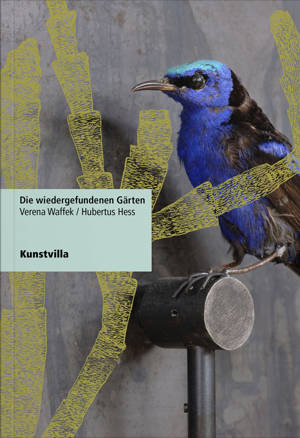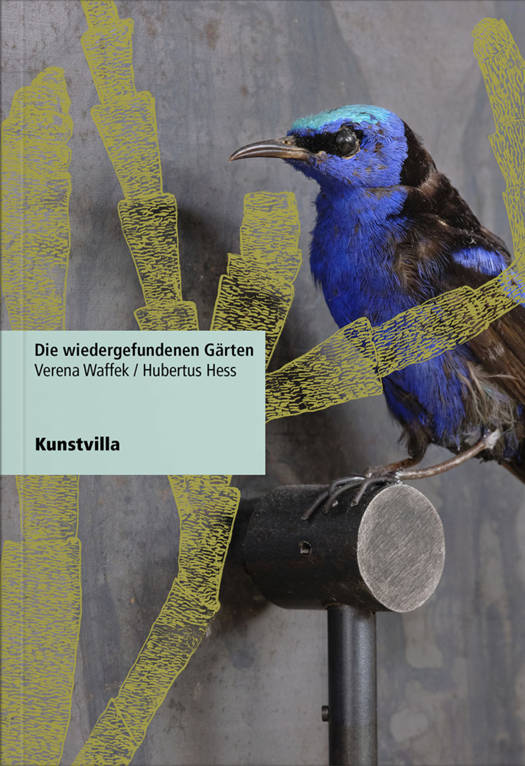
- Afhalen na 1 uur in een winkel met voorraad
- Gratis thuislevering in België vanaf € 30
- Ruim aanbod met 7 miljoen producten
- Afhalen na 1 uur in een winkel met voorraad
- Gratis thuislevering in België vanaf € 30
- Ruim aanbod met 7 miljoen producten
Zoeken
Die wiedergefundenen Gärten
Schriftenreihe der Kunstvilla, Band 17
Wolfgang Brauneis, Harald Raab, Verena Waffek, Marian Wild, Andrea Dippel
Paperback | Duits
€ 18,95
+ 37 punten
Omschrijving
In the creative output of Verena Waffek (*1953 Ehingen) and Hubertus Hess (*1953 Coburg), human imagination and the cultural transformation of both natural and artificial artifacts play a crucial role. Whereas Waffek prefers to enter into fictional situations that she elaborates during a working process into space-encompassing installations, Hess turns found pieces into complex objects.The tile of The Rediscovered Gardens refers to the garden of the art-villa which, as the residence of the prosperous Jewish hop-dealing and banking family Hopf, was once surrounded by a park. Due to a lack of archival material and because of postwar building activity, it is no longer possible to reconstruct the garden. It is a lost garden. It is into this empty space that Verena Waffek and Hubertus Hess insert a jardin artificiel, a both artificial and artistic garden. Hubertus Hess designs richly associative assemblages against the Zeitgeist. Verena Waffek conceives of a planning studio for cactuses, moss and lichen. The remembrance of what has been lost is combined with visions of how gardens could look in the future.The companion volume presents the two artists through texts by Wolfgang Brauneis and Harald Raab, Andrea Dippel and Marian Wild. In addition, it offers extensive series of pictures documenting the site-specific installations that arose in the art-villa.
Specificaties
Betrokkenen
- Auteur(s):
- Uitgeverij:
Inhoud
- Aantal bladzijden:
- 112
- Taal:
- Duits
Eigenschappen
- Productcode (EAN):
- 9783991531418
- Uitvoering:
- Paperback
- Afmetingen:
- 160 mm x 240 mm

Alleen bij Standaard Boekhandel
+ 37 punten op je klantenkaart van Standaard Boekhandel
Beoordelingen
We publiceren alleen reviews die voldoen aan de voorwaarden voor reviews. Bekijk onze voorwaarden voor reviews.








